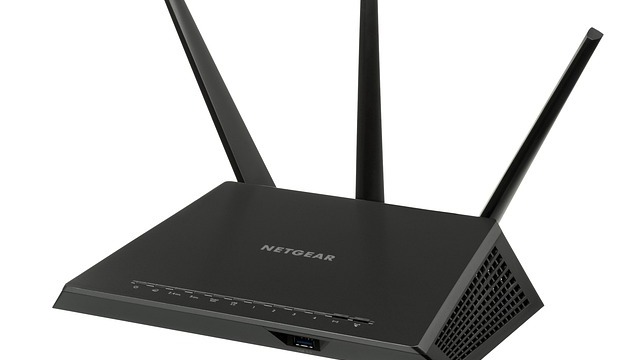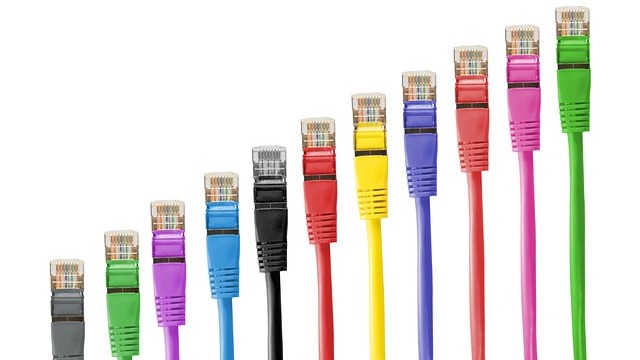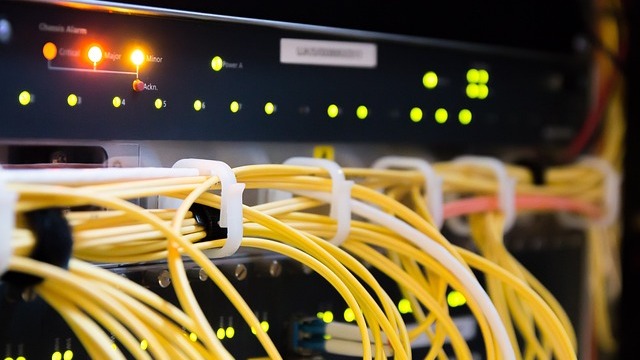
Boost Your Home Wi-Fi Coverage: A Look at Top Range Extenders for 2025
As our reliance on the internet grows, ensuring reliable connectivity in every corner of our homes has become a necessity rather than a luxury. The year 2025 sees advancements in Wi-Fi technology that empower consumers to overcome connectivity challenges. Wi-Fi range extenders are essential for enhancing coverage, especially for large homes or spaces with thick walls. In this article, we will explore the best range extenders available this year, alongside insights on their features and benefits.
What Are Wi-Fi Range Extenders?
Wi-Fi range extenders, also called repeaters, are devices that amplify and extend the coverage of your existing Wi-Fi network. They connect wirelessly to your router and rebroadcast the signal to areas where connectivity is weak or non-existent. This eliminates dead spots, allowing you to enjoy seamless internet access for activities such as streaming, gaming, or working from home.
Key Features to Consider When Choosing a Range Extender
When selecting a range extender, it’s essential to assess key features that suit your needs. Look for:
Speed: Range extenders come with various speed ratings. Higher ratings (AC1200, AC1900) indicate better performance, especially for heavy internet users.
Frequency Bands: Dual-band extenders operate on both 2.4GHz and 5GHz bands, providing greater flexibility and less interference, which is crucial in crowded or multi-device households.
Ease of Setup: User-friendly interfaces and mobile apps simplify installation and troubleshooting.
Design and Range: Consider the design layout and coverage range. Some models integrate easily with your home setup, while others offer extensive coverage for larger homes.
The Best Wi-Fi Range Extenders of 2025
Here are some standout products that are leading the market this year:
Netgear Nighthawk EX8000: This tri-band extender can cover up to 2,500 square feet thanks to its strong speed ratings and advanced features. It's perfect for gaming and streaming.
TP-Link RE650: Known for its affordability and performance, the RE650 is easy to set up and offers dual-band capabilities, making it great for most households.
Linksys RE7000: With support for both 2.4GHz and 5GHz, this model specializes in reaching previously hard-to-access areas without sacrificing speed.
Connecting the Dots: Why These Choices Matter
Understanding which range extender works best for your home can profoundly impact your user experience. With more devices relying on Wi-Fi connectivity, investing in a quality range extender means maximizing productivity, whether working from home, engaging with smart home devices, or streaming your favorite shows.
Final Thoughts: Making the Right Choice for Your Home
The selection of the right Wi-Fi range extender is crucial in maintaining a strong connection across your living space. By examining speed, frequency, ease of use, and design, homeowners can find a solution tailored to their needs. As technology continues to advance, these devices will become more integral to our daily lives. Embrace the future with enhanced connectivity to stay productive, entertained, and connected.
 Add Row
Add Row  Add
Add 




Write A Comment